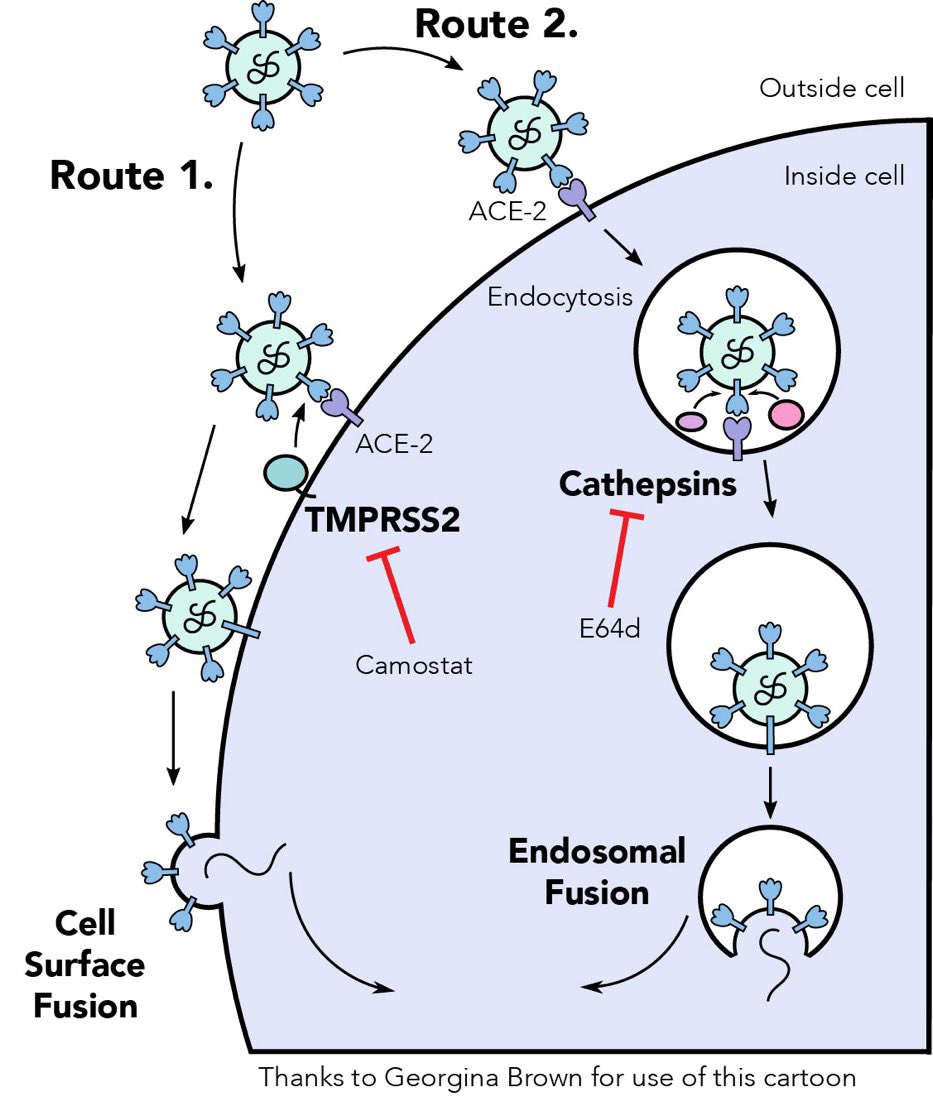
Viral dynamics & duration of PCR positivity of the #Omicron variant
In this study, longitudinal RT-qPCR tests collected between July 5th 2021 & January 10th 2022. This included 97 Omicron infections and 107 confirmed Delta infections 1/
In this study, longitudinal RT-qPCR tests collected between July 5th 2021 & January 10th 2022. This included 97 Omicron infections and 107 confirmed Delta infections 1/
Here are trajectories from individuals detected ≤1 day or ≥2 days since a previous negative or inconclusive test. 2/ 

Omicron infection duration was similar to Delta (both ~10 days), but Omicron infections had lower peak viral loads (higher peak Ct values). 3/ 

There is more variability in estimated ‘proliferation times’ – that is the delay from infection to reaching peak Ct. Plot shows individual-level posterior mean estimates (Red:Omicron, Blue: Delta). 4/ 

This reflects that some Omicron infections with low viral load for a few days prior to growth, possibly reflecting suppression via immunity or different compartmentalization in the respiratory tract, while others grow rapidly. 5/
Was there some impact of ore-existing immunity on Omicron’s growth?
Yes, may be. As most of these individuals are vaccinated and many were boosted before the rise of Omicron. 6/
Yes, may be. As most of these individuals are vaccinated and many were boosted before the rise of Omicron. 6/
Key takeaways:
1- ~50% of individuals have low Cts ≥5 days post detection, even in this highly-boosted population
2-Peak viral load, proxied by Ct values, is lower, and peaks no sooner, than for Omicron than Delta. 7/
1- ~50% of individuals have low Cts ≥5 days post detection, even in this highly-boosted population
2-Peak viral load, proxied by Ct values, is lower, and peaks no sooner, than for Omicron than Delta. 7/
3-So Omicron’s increased infectiousness doesn’t seem to be through higher viral load 8/
Conclusions: While Omicron infections feature lower peak viral RNA & a shorter clearance than Delta infections, it is unclear to what extent these diff are attributable to more immunity in largely vaxxed population or intrinsic features of Omicron 8/
medrxiv.org/content/10.110…
medrxiv.org/content/10.110…
@PeacockFlu has some interesting explanation on the lower viral load for tje Omicron to efficiently infect a greater number of cells in the upper respiratory tract at even a lower infectious dose

https://twitter.com/vipintukur/status/1477336778038079488?s=21

• • •
Missing some Tweet in this thread? You can try to
force a refresh










